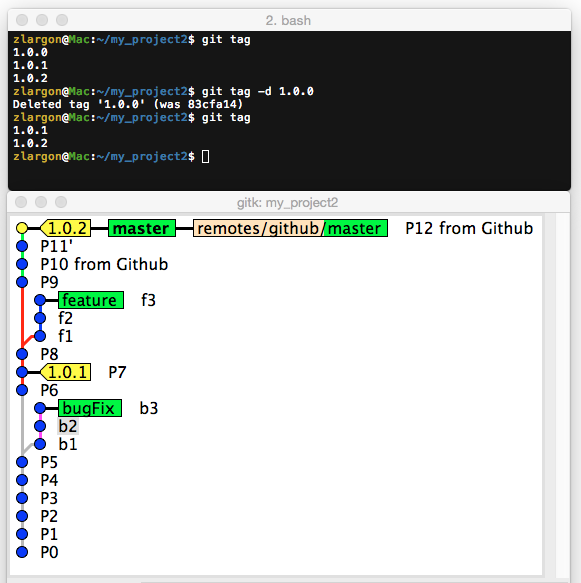

But other than that there's nothing special about master.Īs a casual user of Git, you probably think of Git as being about branches and/or files. There are a few other minor quirks with this, and it has taken a few rounds of review to find and tweak all the places where something funky happens due to a built-in comparison of the six letter sequence master. Note that this is about to change, though-GitHub in particular are reported to be switching to main, and Git is growing a feature in which you can set the name (to main like GitHub, for instance) in your system or per-user configuration (this is more or less what GitHub plan to use to set their new default). It's only a little bit complicated!ġWell, the fact that Git uses it by default, as the starting name, is something you could call "special". What this means is that you should learn what Git really does here. If I don't follow a cook book recipe, it usually ends in disaster. The only real meaning to any branch name is whatever meaning you give it. That is, there's nothing special about master except that people start with it. One thing to realize is that branches in Git don't actually mean anything. See LeGEC's answer for a recipe (but do read through all of this for caveats and enlightenment!). 😀 Branches in Git are cheap and good, and you should start using them. opened the modified files in an editor, and pasted the contents from onenote.cut and paste the contents of the files I changed into onenote.I got several replies, which was great, but none have a complete recipe unfortunately. If I don't follow a cook book recipe, it usually ends in disaster, so hoping someone has done this before. If I checkout my tag, and do git status, it says "HEAD detached at mytag" If this method works, how do I get the commit number of a tag (git hist or git history does not work on the mac)? If this is so easy, why the force and hard stuff?

Where XXX is the commit number of the commit from the tag. So I am guessing I just need to do git reset XXX I have seen you can set the master branch "position tag" to a commit. Or would this get confused because the changes I want to backout are newer? Presumably I need to something like checkout the master branch, and merge in the tag, or checkout the tagged version, and merge in master? I have no idea what this does, but it looks dangerous/drastic, and I am looking for a simpler (less likely to go wrong) solution. Is to do the following: git checkout master This answer: How do I revert master branch to a tag in git? Now I want master to contain the tagged version, something like "revert/reset", but I don't want to lose the changes I have made which may be useful at some point. Then I committed some changes to the master (which triggers a build onto our dev system so we can test it) and pushed these to origin. I (lightweight) tagged a version of the source which was in production and pushed tag to origin This is a very small project with only a master branch.


 0 kommentar(er)
0 kommentar(er)
